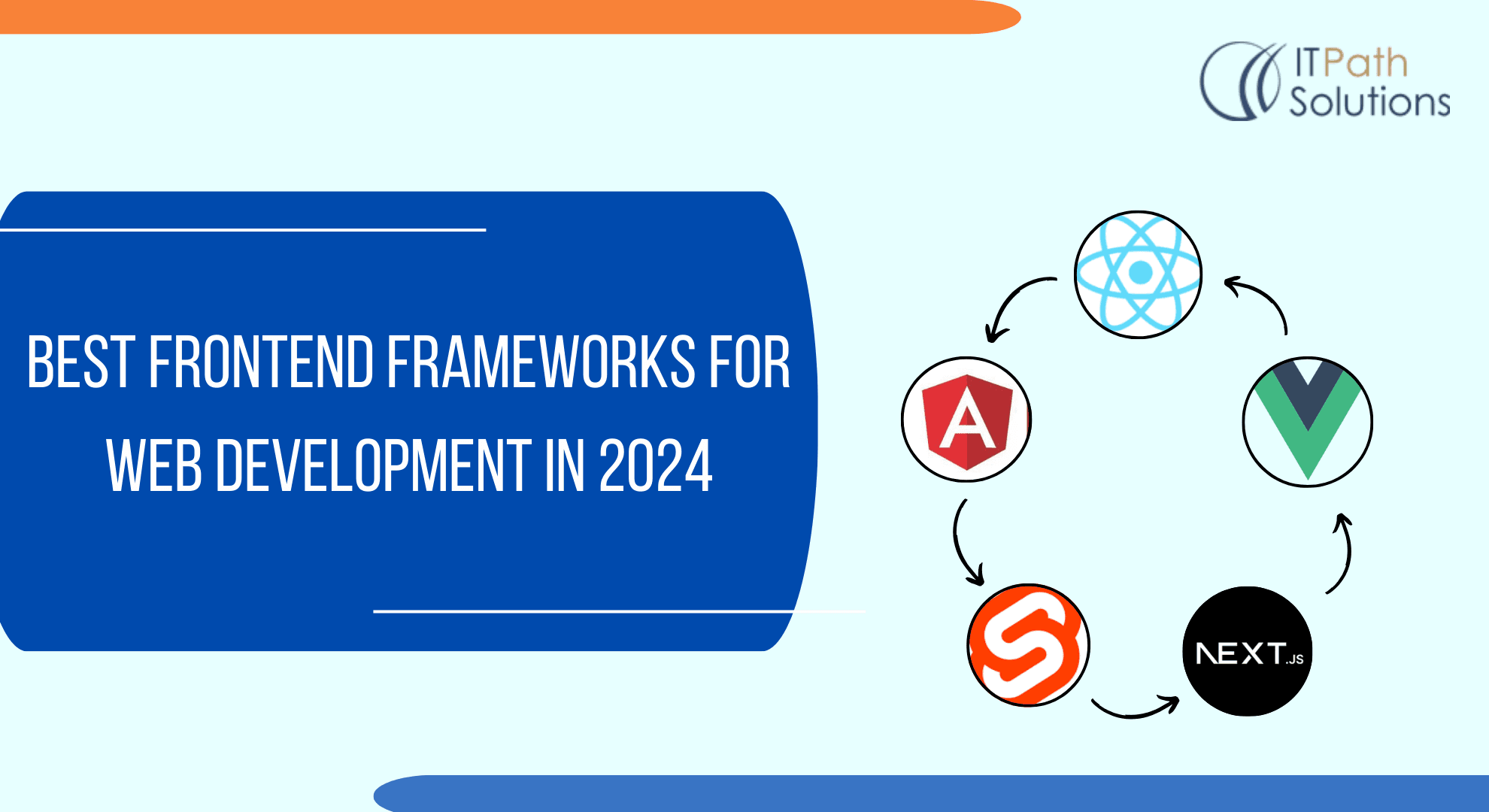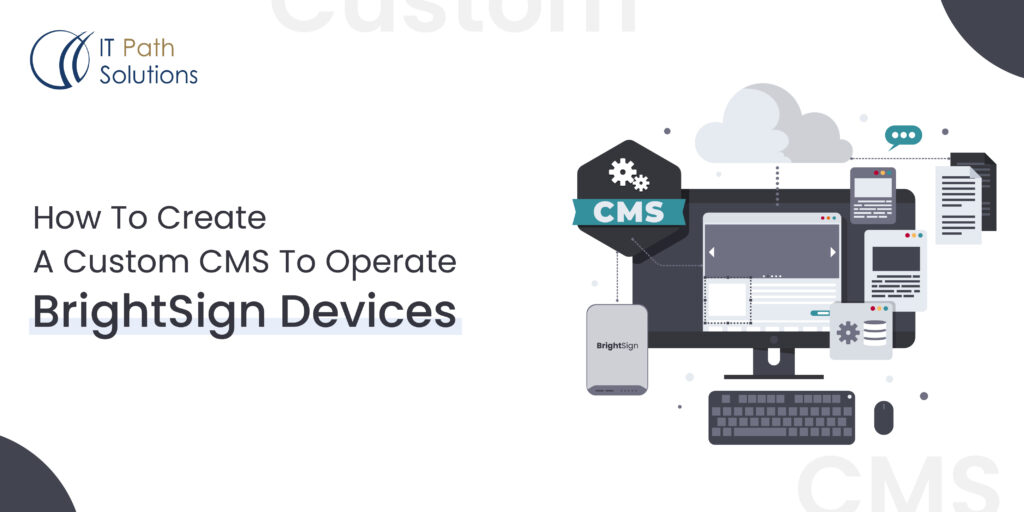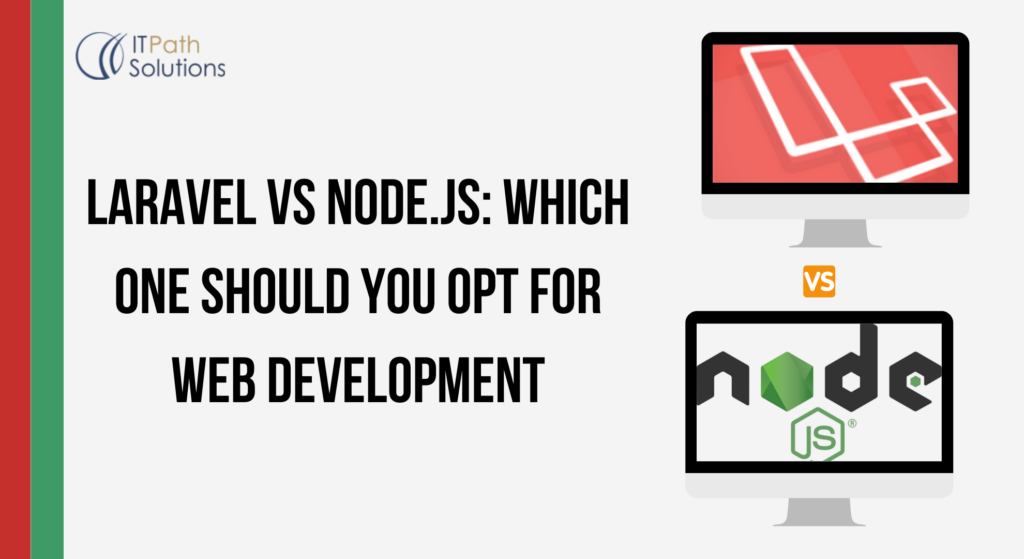Best Frontend Frameworks For Web Development in 2024
Web Development
In the ever-evolving landscape of web development, staying abreast of the latest technologies is crucial for creating dynamic and user-friendly interfaces. As we step into 2024, frontend frameworks continue to play a pivotal role in shaping the way we build and interact with websites. In this blog post, we’ll explore the best frontend frameworks that are making waves in 2024, empowering developers to create stunning and responsive web applications. As we will explore various frontend frameworks in this discussion, each with its unique set of strengths and considerations, it becomes clear that the choice should align with the specific needs, goals, and expertise of the development team. For many developers and organizations, finding a balance between productivity, performance, and scalability is paramount.
However, choosing the right framework for your app development is not an easy task. You need to have clear market research and an understanding of the pros and cons for front-end framework. But not to worry, we are here to save your time and energy with our comprehensive guide.
This blog shall help you walk through the list of the best frontend frameworks of 2024 and choose what best suits your next web development project.
Best Frontend Frameworks For Web Development in 2024
React.js: The Reigning Champion
No list of top frontend frameworks is complete without mentioning React.js. Developed and maintained by Facebook, React.js has been a stalwart in the world of frontend development for several years. Its component-based architecture, virtual DOM, and declarative syntax make it a go-to choice for building interactive and scalable user interfaces.

In 2024, React.js has evolved with new features and enhancements, further solidifying its position as the preferred choice for many developers. The introduction of concurrent mode improves the performance of large applications, making them more responsive. The React team’s commitment to innovation and community support ensures that React.js remains at the forefront of frontend development.
Pros:
- React’s component-based architecture promotes reusability, modularity, and maintainability of code.
- Consistent and seamless performance with the use of virtual DOM
- React has a vast ecosystem with a rich collection of libraries and tools,
- React dev tools are advanced and super useful
- React follows a unidirectional data flow, making it easier to trace and manage the flow of data
Cons:
- Complex Configuration
- It only gives frontend solutions
- React is a library, not a full-fledged framework. Developers may need to rely on additional libraries and tools for certain functionalities.
Vue.js: The Progressive Framework
Vue.js has been gaining momentum steadily, and in 2024, it stands as a formidable competitor to other frontend frameworks. What sets Vue.js apart is its progressive nature, allowing developers to adopt it incrementally. Whether you are building a small widget or a complex single-page application, Vue.js provides the flexibility and simplicity needed for efficient development.

With its reactivity system, Vue.js makes it easy to build reactive components without the need for complex state management. The framework’s focus on ease of integration and a gentle learning curve has attracted a growing community of developers. As Vue.js continues to mature, it remains an excellent choice for projects of all sizes.
Pros:
- Easy to Learn and Use
- Flexibility
- Declarative Rendering
- Component-Based Architecture
- Reactivity System
Cons:
- Scalability Concerns
- Relatively small community
- Language barrier with plugins and components
Angular: The Full-Fledged Framework
Angular, developed and maintained by Google, has established itself as a comprehensive and feature-rich frontend framework. In 2024, Angular continues to be a powerhouse for building large-scale applications with robust features. Its two-way data binding, dependency injection, and modular architecture provide a structured approach to development, making it suitable for enterprise-level projects.

One notable improvement in Angular 2024 is the optimization of its performance. The Angular team has focused on reducing the framework’s footprint and enhancing the speed of rendering, resulting in smoother and faster user experiences. Angular’s commitment to backward compatibility and extensive documentation ensures that developers can seamlessly transition to newer versions while maintaining their existing projects.
Pros:
- Angular is a complete Full-Fledged Framework including a robust MVC architecture, dependency injection, and a powerful CLI
- Angular’s two-way data binding allows automatic synchronization between the model and the view
- Angular has a robust and declarative approach to form handling
- Angular’s dependency injection system makes it easier to manage and test components
- A vast community for learning and support
Cons:
- Angular has a steeper learning curve compared to some other front-end frameworks, primarily due to its comprehensive nature
- Like React, Angular applications are often single-page applications (SPAs), which can present challenges for search engine optimization (SEO) compared to traditional multi-page applications.
Svelte: The Compiler-Based Framework
Svelte has emerged as a unique player in the frontend development arena, offering a compiler-based approach to building user interfaces. Unlike traditional frameworks where the bulk of the work happens at runtime, Svelte shifts the heavy lifting to compile time. This results in smaller bundle sizes and improved runtime performance.

In 2024, Svelte has gained traction for its simplicity and efficiency. With Svelte, developers write components using a syntax that closely resembles standard HTML, CSS, and JavaScript, making it easy for beginners to grasp. The absence of a runtime library in the final build contributes to faster load times, making Svelte a compelling choice for projects where performance is a top priority.
Pros:
- Easy to Learn
- No Runtime Overhead
- Build-Time Optimizations
- Easy Component API
- Automatic Reactive Statements
Cons:
- Limited Flexibility
- Lack of support
- Less Adoption in Industry
Next.JS
As we step into 2024, the landscape of front-end development continues to evolve, with Next.js emerging as a prominent force in the industry. Renowned for its powerful features, scalability, and versatility, Next.js has become the go-to front-end framework for developers looking to create seamless, high-performance web applications. In this blog post, we’ll explore why Next.js stands out as the best front-end framework in 2024. Next.js provides flexibility in deployment, allowing developers to choose from various hosting options, including Vercel, AWS, and other popular platforms. This versatility ensures that teams can deploy Next.js applications with ease, regardless of their preferred infrastructure.

Next.js comes with built-in support for styling applications using various CSS methodologies, including CSS Modules and Styled Components. This makes styling components straightforward and encourages a modular and maintainable approach to CSS in large projects.
Pros:
- Server-Side Rendering (SSR)
- Enhanced performance
- Automatic Code Splitting
- Effortless API Routes
- Versatile Deployment Options
Cons:
- Complexity for Smaller Projects
- Limited Control Over Configuration
- Longer build times
Cost To Develop Front-End Web Application 2024
As we step into 2024, the cost to develop a front-end web application continues to be a pivotal consideration for businesses seeking a digital presence. Several factors influence the overall expense, reflecting the dynamic nature of web development and the ever-evolving technologies.
- Technology Stack: The choice of front-end technologies significantly impacts development costs. Popular frameworks like React, Angular, or Vue.js have their associated costs, considering licensing fees, development time, and the skillset required. The continuous updates and innovations in these frameworks also contribute to the overall expenditure.
- Design Complexity: The complexity of the design directly correlates with development costs. Intricate and highly customized user interfaces often require more time and expertise, impacting the budget. Simpler designs may be more cost-effective, but striking a balance between aesthetics and functionality is crucial for a successful front-end application.
- Responsive Design: With an increasing emphasis on user experience, ensuring a responsive design across various devices and screen sizes is imperative. Implementing responsive design practices adds to the development time and cost but is essential for reaching a wider audience.
- Interactivity and Animations: The level of interactivity and animations incorporated into the front-end also contributes to costs. Highly interactive elements and intricate animations require more development effort and can impact performance, necessitating additional optimization measures.
- Testing and Quality Assurance: Rigorous testing is vital to ensure a seamless user experience across different browsers and devices. Testing, debugging, and quality assurance efforts are essential components of the development process, adding to the overall cost but ensuring a robust and error-free application.
- Project Complexity and Scope: The overall complexity and scope of the web application play a pivotal role in determining costs. Larger, more feature-rich applications with extensive functionalities require more development time and resources, consequently impacting the budget.
Conclusion
As we navigate the intricate landscape of frontend development in 2024, the choice of a framework becomes more critical than ever. Each framework comes with its unique strengths and caters to specific project requirements. React.js continues to dominate with its virtual DOM and component-based architecture, while Vue.js appeals to those seeking a progressive and adaptable framework. Angular remains a powerhouse for large-scale applications, and Svelte’s compiler-based approach provides efficiency and performance benefits.
As IT Path Solutions evaluates the best front-end framework for their web development endeavors, it is essential to consider factors such as project complexity, team expertise, scalability requirements, and the specific features offered by each framework. We make informed decisions that lead to successful and sustainable web development projects. The ever-evolving landscape of front-end development offers a plethora of tools, and by leveraging the right frameworks, Our Front-end developers deliver innovative, user-centric web experiences for clients and stakeholders. For more detail discussion on front-end frameworks 2024, connect with us or drop us a line at below.
FAQs on Front-end Frameworks 2024
Question: What is a frontend framework?
Answer: A frontend framework is a pre-built collection of tools, libraries, and conventions designed to facilitate the development of the user interface (UI) and enhance the user experience of web applications.
Question: Which are the popular frontend frameworks in 2024?
Answer: In 2024, some popular frontend frameworks include React.js, Vue.js, Angular, Svelte, and Next.js. Each framework has its strengths, and the choice often depends on project requirements, team expertise, and development goals.
Question: When should I use a frontend framework?
Answer: Using a frontend framework is beneficial in various scenarios, and the decision to adopt one depends on the specific needs and characteristics of your project.
Question: Which frontend framework can be used for large-scale applications in 2024?
Answer: Angular, React, Vue.js, are some of the popular frontend frameworks to use for large-scale applications in 2024.
Question: How do I choose the right frontend framework for my project?
Answer: Choosing the right frontend framework involves evaluating factors such as project complexity, team familiarity, scalability requirements, and specific features offered by each framework. Consider the project’s goals and constraints before making a decision.
 Healthcare
Healthcare  Education
Education  Real Estate
Real Estate  Logistic
Logistic  Fitness
Fitness  Tourism
Tourism  Travel
Travel  Banking
Banking  Media
Media  E-commerce
E-commerce  Themes
Themes
 Plugins
Plugins
 Patterns
Patterns





